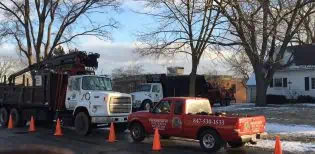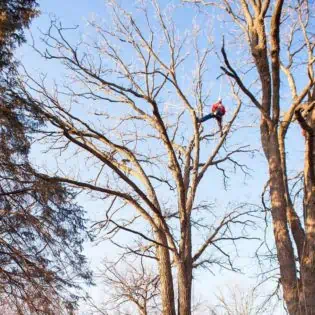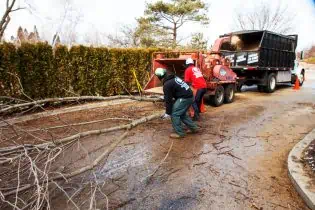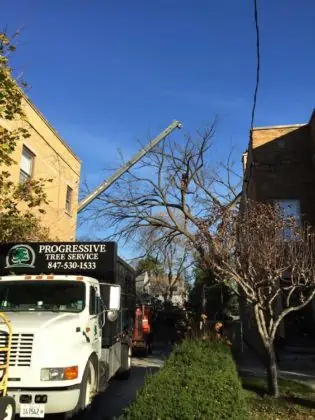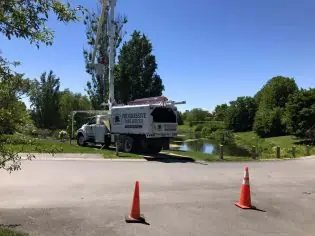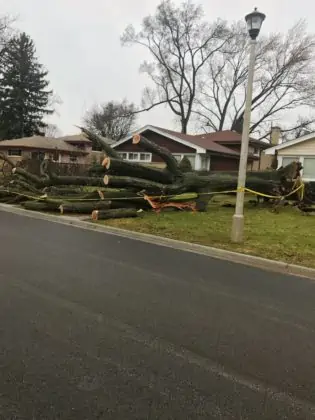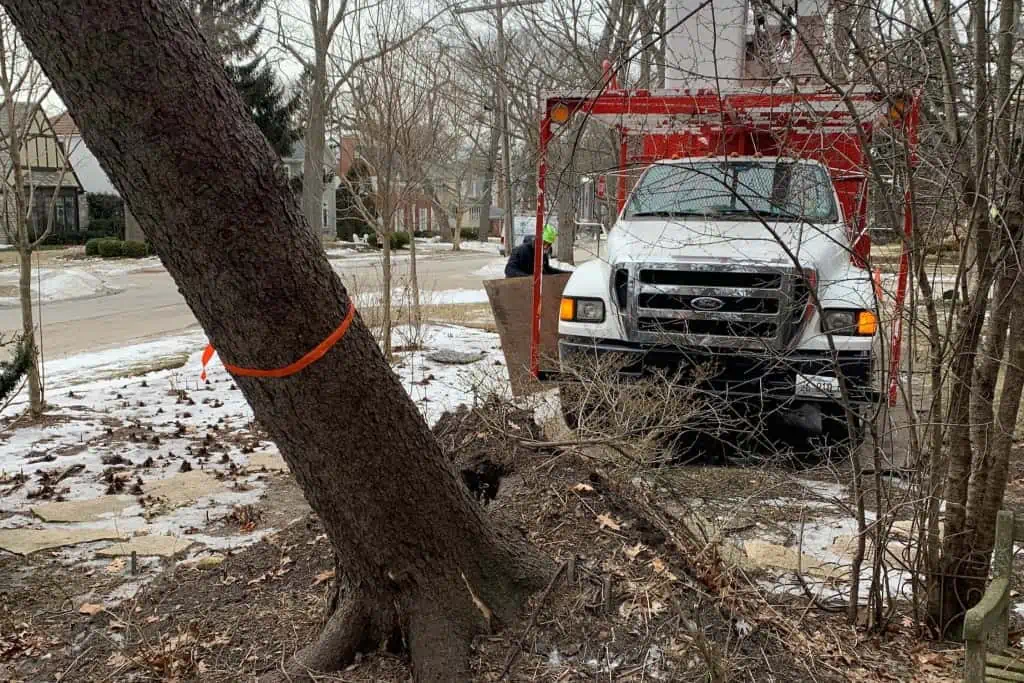What is the japanese beetle?
The Japanese Beetle (Popili japonica) is an insect native to the islands of Japan. At only ½ inch in length, it is a relatively tiny insect that would easily go unnoticed if not for its destructive reputation; a full-blow invasion of these beetles has been known to leave entire canopies skeletonized.
These destructive little creatures were isolated in islands of Japan until the early 1900s when they were accidentally introduced to the United States. It’s widely accepted that the beetles first entered the country as grubs in the soil of Japanese iris roots, ignoring a 1912 law that prohibited the importation of plants rooted in soil.
In 1916, the beetles were first spotted in a nursery in New Jersey and, by 1920, had proved to be too prolific and widespread to eradicate. They have continued to spread and can be found in California, Missouri, Iowa, Colorado, Oregon, and all states east of the Mississippi except Florida.
Perhaps key to their widespread presence is how easily they move from one place to another. Grubs are accidentally distributed in shipped nursery stock soil, while adults can stick to planes and cars that transport them to new locations.
Japanese beetles lay their eggs in the soil in June. After a while, the eggs hatch and develop into tiny white grubs that remain underground for up to 10 months. The grubs will overwinter underground and emerge as adult beetles the following June.
Once out of the soil, the pests attack and feed on trees in groups, causing severe damage to the leaves.
An adult Japanese beetle may live for just over a month, but this is enough time for them to spread to new locations, mate, and lay eggs, planting the seeds for the next cycle of destruction.
Affected plants
The Japanese beetle is not host-specific; they can feed on hundreds of species of trees. These include Japanese maple, sycamore trees, black walnut, horse chestnut, plum, Norway maple, and linden, just to name a few.
How to identify a Japanese beetle infestation
Japanese beetles devour leaves in a particularly unique manner; they consume the leaf tissue without touching the veins. This gives the affected leaves a distinctive ‘skeleton’ look.
Skeletonized leaves are the most common symptom of a Japanese beetle attack. However, other beetles like the Mexican Bean Beetle also skeletonize foliage. So, you’ll have to identify the beetle by appearance as well.
Since Japanese beetles sit on top of leaves as they munch their way through plant matter, it's quite easy to notice them. Adult beetles are identifiable by their distinctive metallic green shoulders and shiny bronze-colored back. They also have noticeable rows of five white hair tufts under each wing and two on the rear tip of the abdomen.
On the other hand, Grubs have brown heads and six legs, each ¾ inches in length. Unless you’re digging up the soil in your tree garden, you’ll rarely see grubs above ground.
What happens when not properly managed?
Adult Japanese beetles attack in large numbers often attracted to already infested trees. They’re pretty unforgiving, and whatever skeletonized leaves they leave in their wake eventually wilt and die. The affected trees look like they’ve been scorched by fire and won’t do your yard’s aesthetic any justice, not to mention the health issues they’ll probably face.
The affected tree will eventually die if the attack is severe enough.
Control and Prevention of Japanese Beetles
A Japanese beetle attack on one or multiple trees attracts more beetles to attack. This may make management of the pest pretty challenging, but that doesn’t mean you shouldn’t try (with the help of an arborist, though).
Here are a few are commonly taken measures to control a Japanese beetle attack.
-
- Hand-picking them off plants: This is the most effective way to get rid of Japanese beetles and the most time-consuming. Fortunately, they don’t bite humans, so you’ll be perfectly safe picking them off.
- Neem Oil: When adult beetles ingest neem oil, they pass a certain chemical onto their eggs. The chemical causes the resulting larvae to die prematurely.
- Using a Dropcloth: Arborists also shake Japanese beetles off into a drop cloth before disposing of them accordingly.
- Japanese Beetle Traps: Japanese beetle traps use geraniol, eugenol, and other aromatic chemicals extracted from plants to attract and capture adult Japanese beetles. Using these traps is a delicate balancing act that could easily backfire and attract more beetles to your trees. An experienced arborist is your best bet if you opt to use this method.
- Insecticides: You can also manage the pests using approved insecticides.
Introducing parasitic wasps, digging out grubs, using beneficial nematodes, and companion planting are some strategies used to prevent a Japanese Beetle invasion.
Final Take
Japanese beetles are some of the most destructive pests affecting trees, using their large number to skeletonize whole canopies in their path. If you suspect an invasion on your trees, an arborist is your best ticket to control and rid yourself of these pests.
